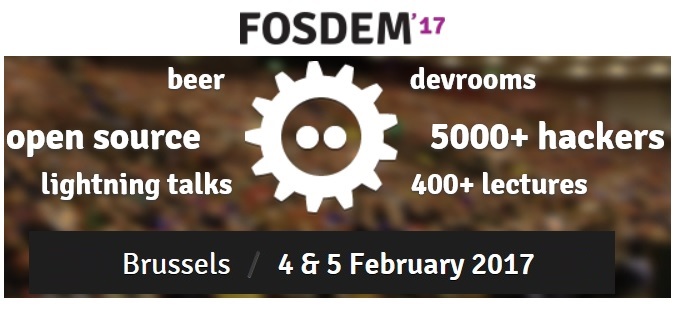All of us have our favorite tools and workflows. For me, I am a fan of git. One of the things I really like about it is git stash, because it lets me keep drafts of my changes and develop them incrementally. But there are times where you need to adapt your workflow to fit within the requirements your customer provides. For example, I’m working with subversion currently with a customer. And while I’m familiar with git-svn, it’s not always the right choice. So I dug around in my toolbox and found quilt from my pre-git days. It’s not quite the same as my usual workflow, but with a minimal of mental gymnastics I’m productive and working rather than fighting with my tools.
Here’s my quick guide to getting started using quilt. As a first step it’s worth looking at the quilt sub-commands:
$ quilt help
Usage: quilt [--trace[=verbose]] [--quiltrc=XX] command [-h] ...
quilt --version
Commands are:
add fold new remove top
annotate fork next rename unapplied
applied graph patches revert upgrade
delete grep pop series
diff header previous setup
edit import push shell
files mail refresh snapshot
Global options:
--trace
Runs the command in bash trace mode (-x). For internal debugging.
--quiltrc file
Use the specified configuration file instead of ~/.quiltrc (or
/etc/quilt.quiltrc if ~/.quiltrc does not exist). See the pdf
documentation for details about its possible contents. The
special value "-" causes quilt not to read any configuration
file.
--version
Print the version number and exit immediately.
Some of these are going to look familiar. This is because quilt was one of the inspirations for git. Some of the commands are a little different. For example, quilt fold is the equivalent of doing git rebase –interactive and using the squash and fixup keywords. Using quilt header is like setting your commit message when you git commit your changes. It even has quilt snapshot, which behaves like git stash, but I’m going to set it aside in favor or making new patches as I go. With all of this covered, it’s time to show a sample workflow:
$ quilt new first.patch
Patch first.patch is now on top
$ quilt add src/stuff.c
File src/stuff.c added to patch first.patch
$ ${EDITOR} src/stuff.c
$ quilt refresh
Refreshed patch first.patch
$ quilt new second.patch
Patch second.patch is now on top
$ quilt add src/stuff.c
File src/stuff.c added to patch second.patch
$ # ... and so on
What you’ll notice from the commands is what I feel is the hard part of this work flow, you must tell quilt what to track. Because it’s not your revision control system, quilt doesn’t know what the original state of a file is before you change it. However, with a little time you’ll be doing quilt new, quilt edit and quilt refresh without a second thought.
One noteworthy thing about quilt is the workflow for reviewing your changes. To see what your current patch looks like compared with the state of the tree prior to any changes, you do quilt diff. Note that this is akin to git diff HEAD in that it will disregard changes made since your last quilt refresh. To get the same type of output as git diff, you do quilt diff -z. When you wish to review your series of changes quilt pop will unapply the current patch, and quilt push will apply the next patch in your series. quilt series will list all patches in the series with quilt next, and quilt previous lists the next and previous patches in the series, respectively.


